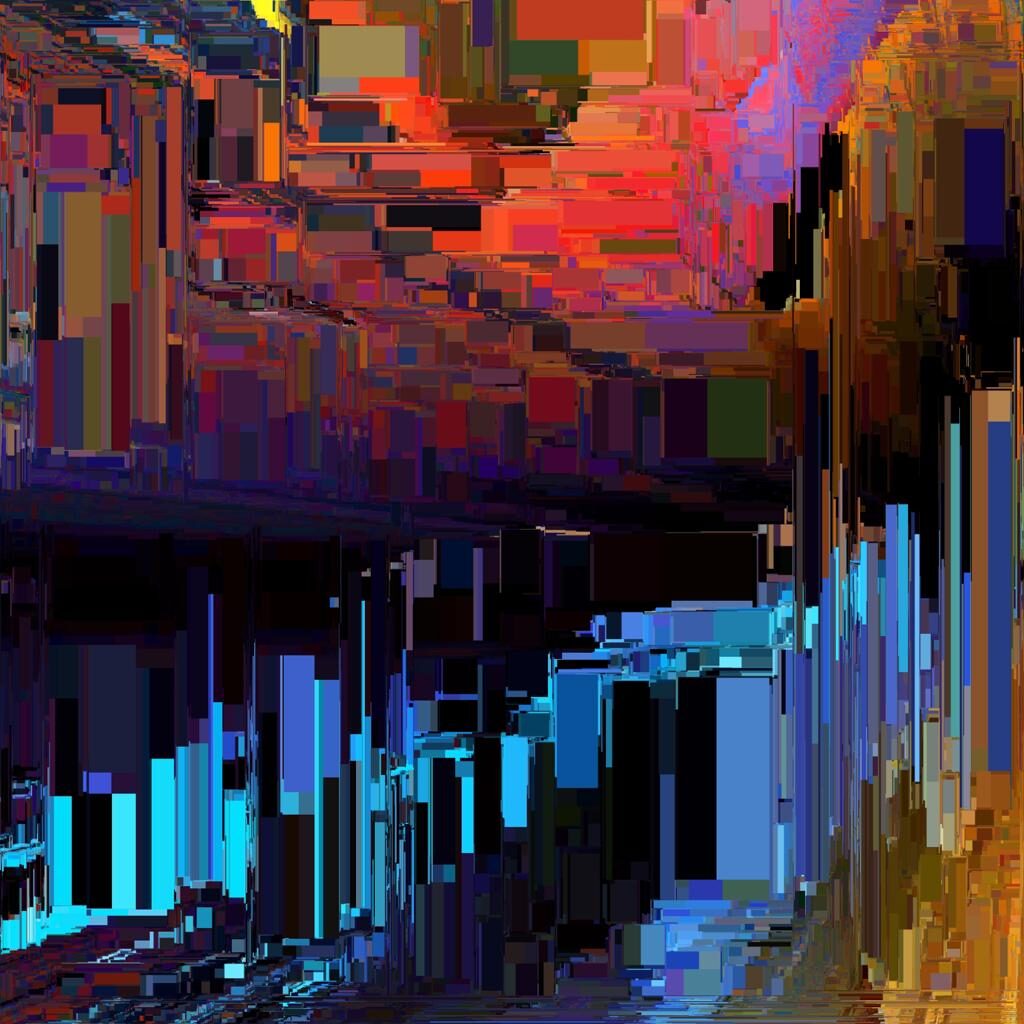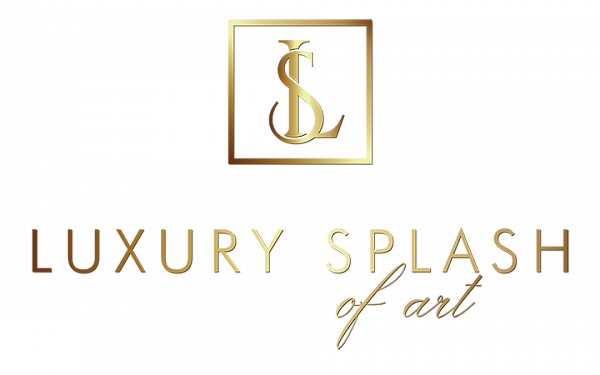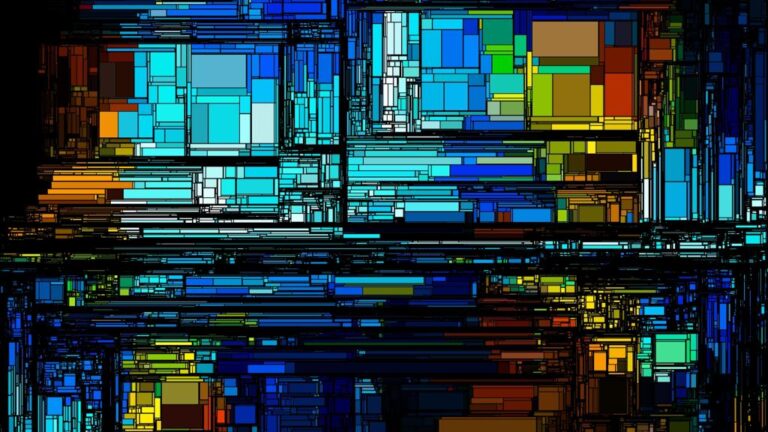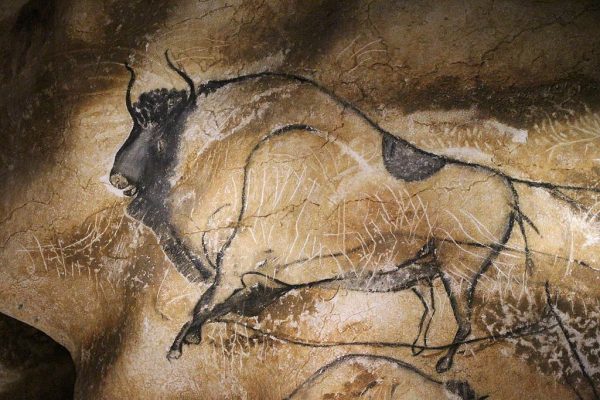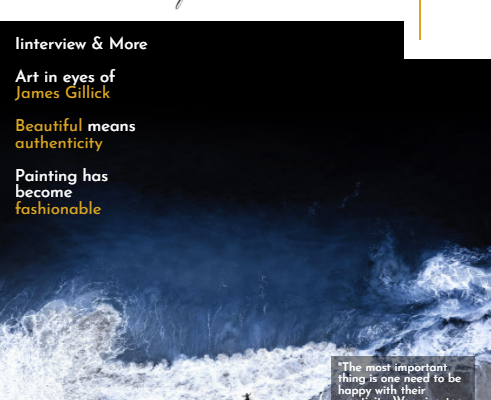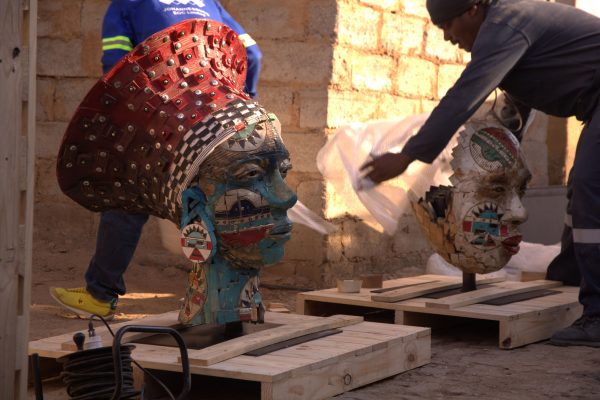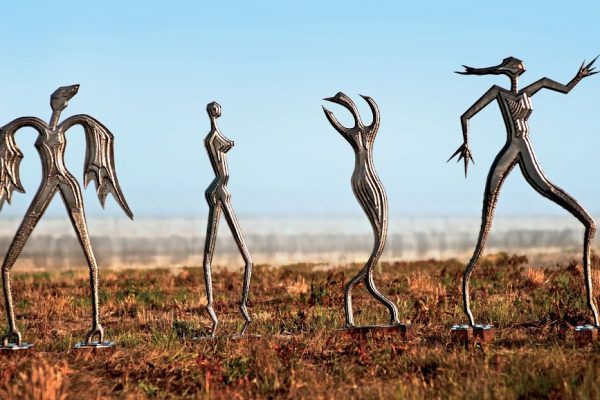“The spirit of the age affects all the arts; and the minds of men, being once roused from their lethargy, and put into a fermentation, turn themselves on all sides, and carry improvements into every art and science”. -David Hume, on the Scientific Revolution. We have entered into a new age, a ‘re-awakening’ of sorts; whether we desire it or not. The pandemic has caused a significant shift in the world as we see it – today, that includes the visual arts. We have gone from hosting in-person exhibit events, parties and shows; where we held our wine glasses high and mused with other art connoisseurs over the latest relevant artist and/or contemporary masterpiece; to solo virtual digitized art exhibits held exclusively online with elaborate 3d technologies, similar to that of some of the most high-tech computer games.
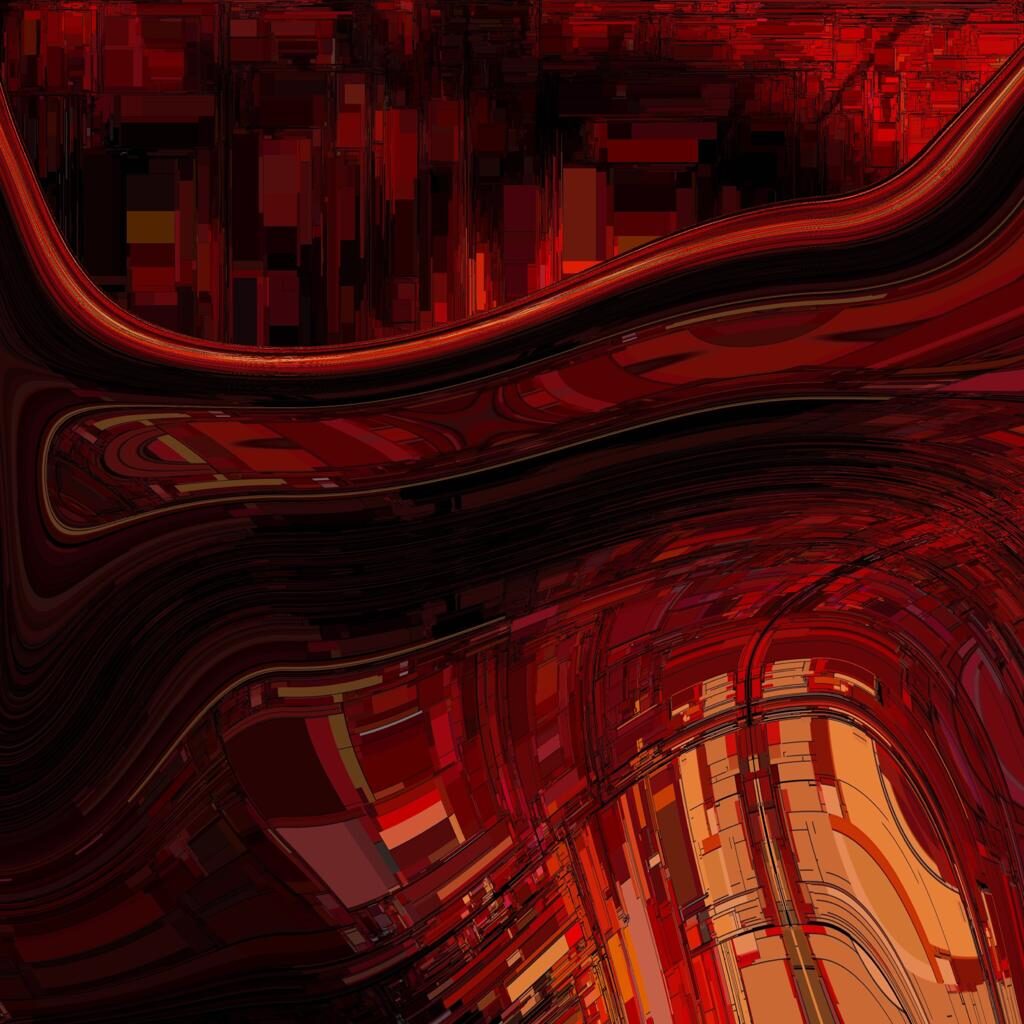
Entering more deeply into this cyber age, artists have begun to evolve their processes to include more digitized prints with high resolution formats and conditions. Though traditional mediums of acrylic, oil and charcoal are still enjoyed by the artist, digital applications that allow for brighter more spectacular colors, layer techniques, and clear refined definitions that stretch the imagination enter onto the generative art scene (City of Dusk Series, courtesy of digital artist Dieter Hanf). As we bear witness to these kinds of adaptations, what sort of trends, innovations, and new ‘scientific thought’ ‘could we see in the latter half of the century?
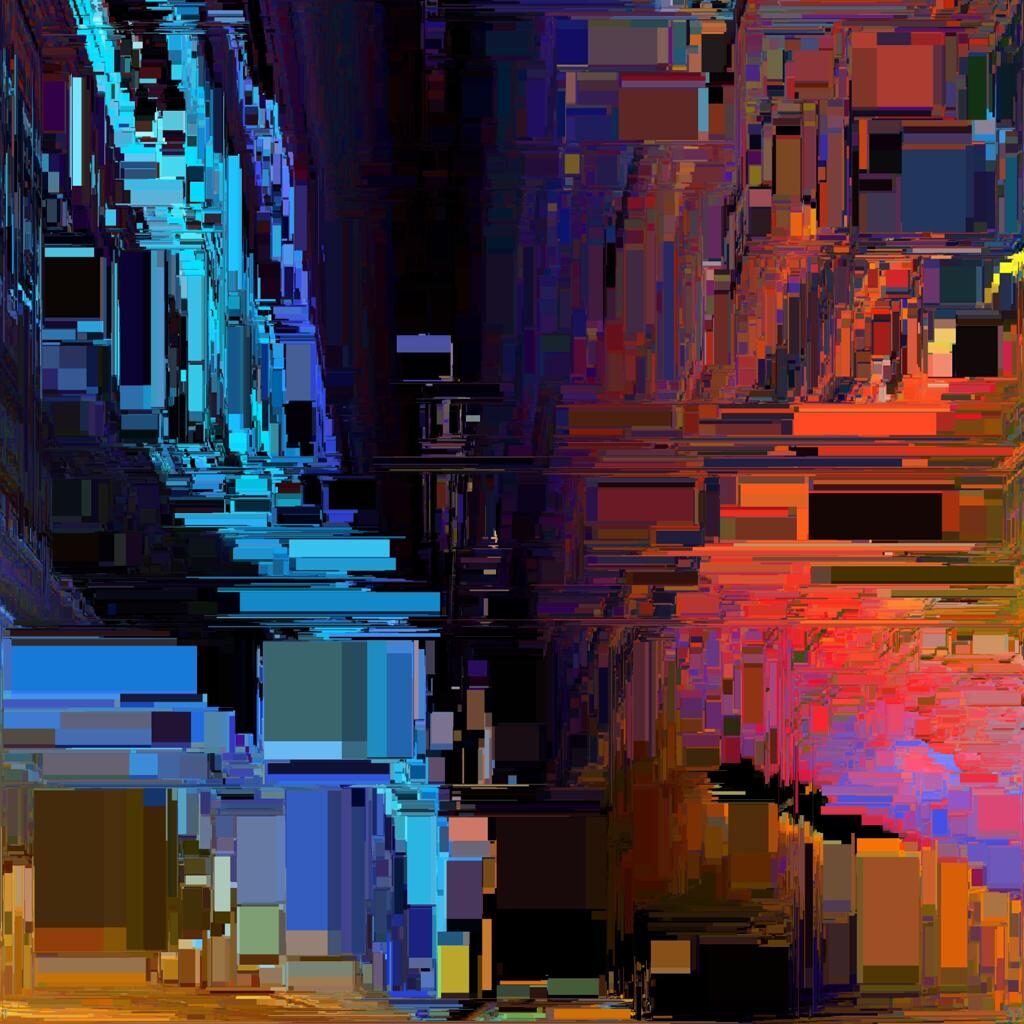
What impact will that have on the arts; possibly in a world with over 13 billion people? Art is very much rooted in reality. It’s form and subject matter are shaped by the advancement of technology and political, social or economic climate. Amidst all the unrest, complexity and uncertainty of life’s future conditions, (i.e. pandemics, climate change, urbanization) the desire to make predictions about the future is becoming more popular. Experts and futurologists are able to use predictive tools to see the emerging technologies and trends that could enter mainstream society over the next decade or two.

De-materialization
According to author Żółkiewska in “Predicting the Future: Visual Arts In 2050”, these observations point to a rising trend using multi-sensory art installations that provide a variety of sensory stimuli to participants. Our society newly elevates experience and an immersive ‘lifestyle’ above ‘products’. With the process of de-materialization there is focus on sensory feedback; aimed at creating a 360° vivid experience, or a tactile, oral and olfactory sensation. The current Imagine Van Gogh immersive exhibition is a great example of this; original canvasses are expanded and fragmented, then projected into unusual shapes to emphasize the mesmerizing exaggerations and distortions of Van Gogh’s work. We are also seeing this in our hyper reality virtual gaming, where we can put on a jumpsuit or head set transporting us to touch, smell, and hear whatever world the artist has created for us. There is this growing tendency to use AI technology to design one’s ‘digital identity’ and social media allows the artist to reach a wider audience in far reaching corners of the world.
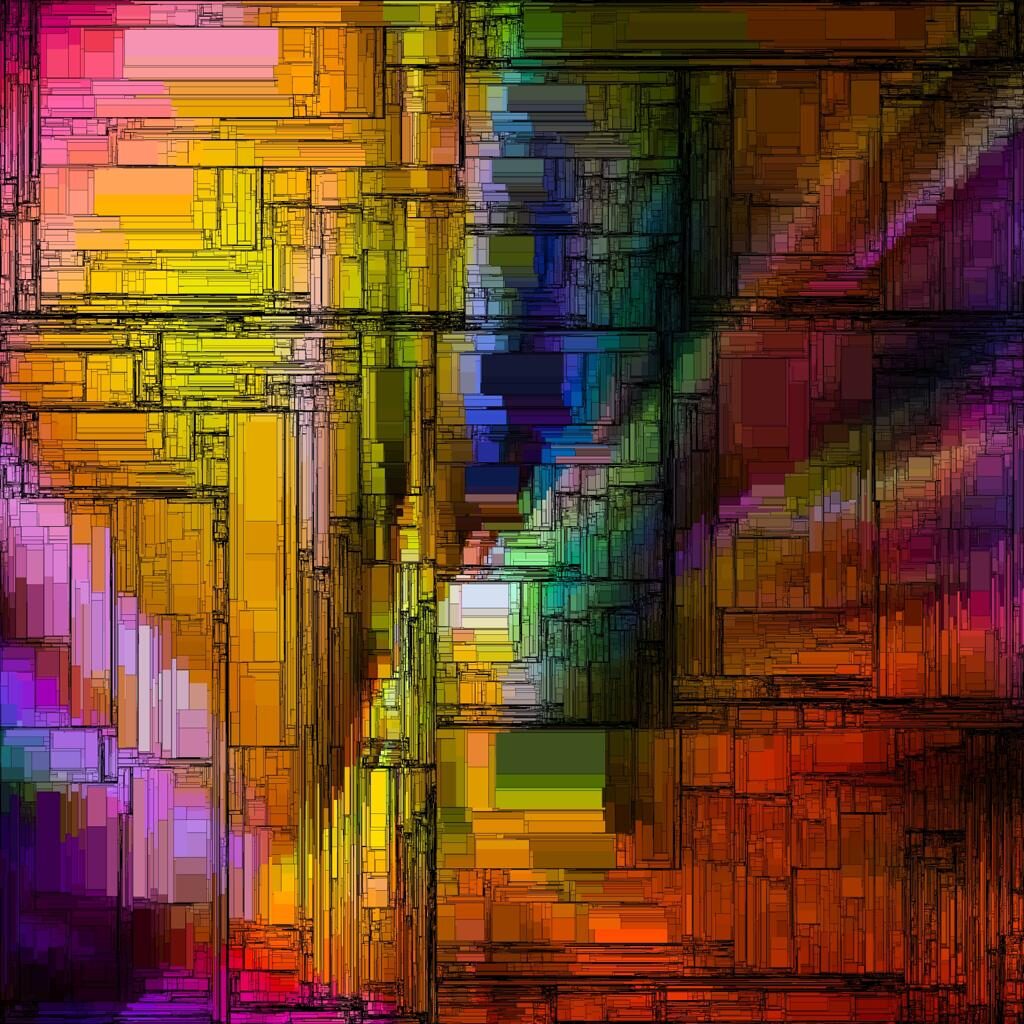
Upcycling
Along with climate change, partly due to the rapid accumulation of waste by a global population that could reach over 10 billion people and the issue of the world’s unconstrained ‘material consumption’; it’s predicted that upcycling will gain momentum. Simply put, upcycling is a way the artist creates decorative collages or assemblage pieces using all recyclable materials. Contrary to popular opinion, a future world governed by technology may in fact demand a further interplay with material works of art. Elitist art forms such as painting and sculpture could be aimed at a narrow crowd of art enthusiasts, due to their price: with others embracing upcycling recyclable goods or digital experimentation as more sustainable modes of expression. (Żółkiewska, et al., 2019).
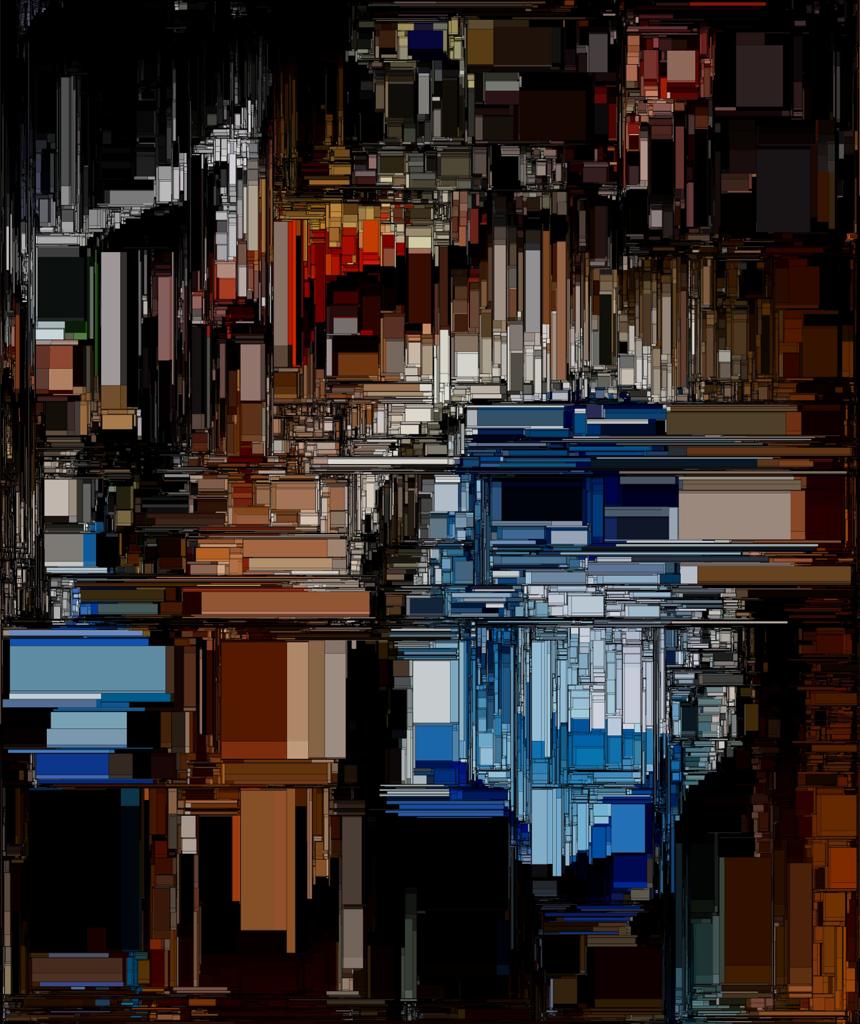
Post-New Age
These are only a few predictions, among many, of how the future visual arts could evolve over the next half century. Amid these significant developments, we would be wise to bear in mind the fact that the future is governed by human beings, not the machine. This implies we as people can choose how and if we wish to customize a given life form with technology. Both artists and viewers will likely be confronted with social/moral crossroads related to newly emerging technology; in turn directing the content, progress and form of art itself. In the words of Shahin Najafi “the future belongs to us. I think that art is a force that can change the world”. As we move forward, may we be careful stewards with the automation at hand, guiding us into a more progressive and enlightened society, where communities can thrive under a unified vision for a more sustainable and creative future.
Written by Wendy McKay
